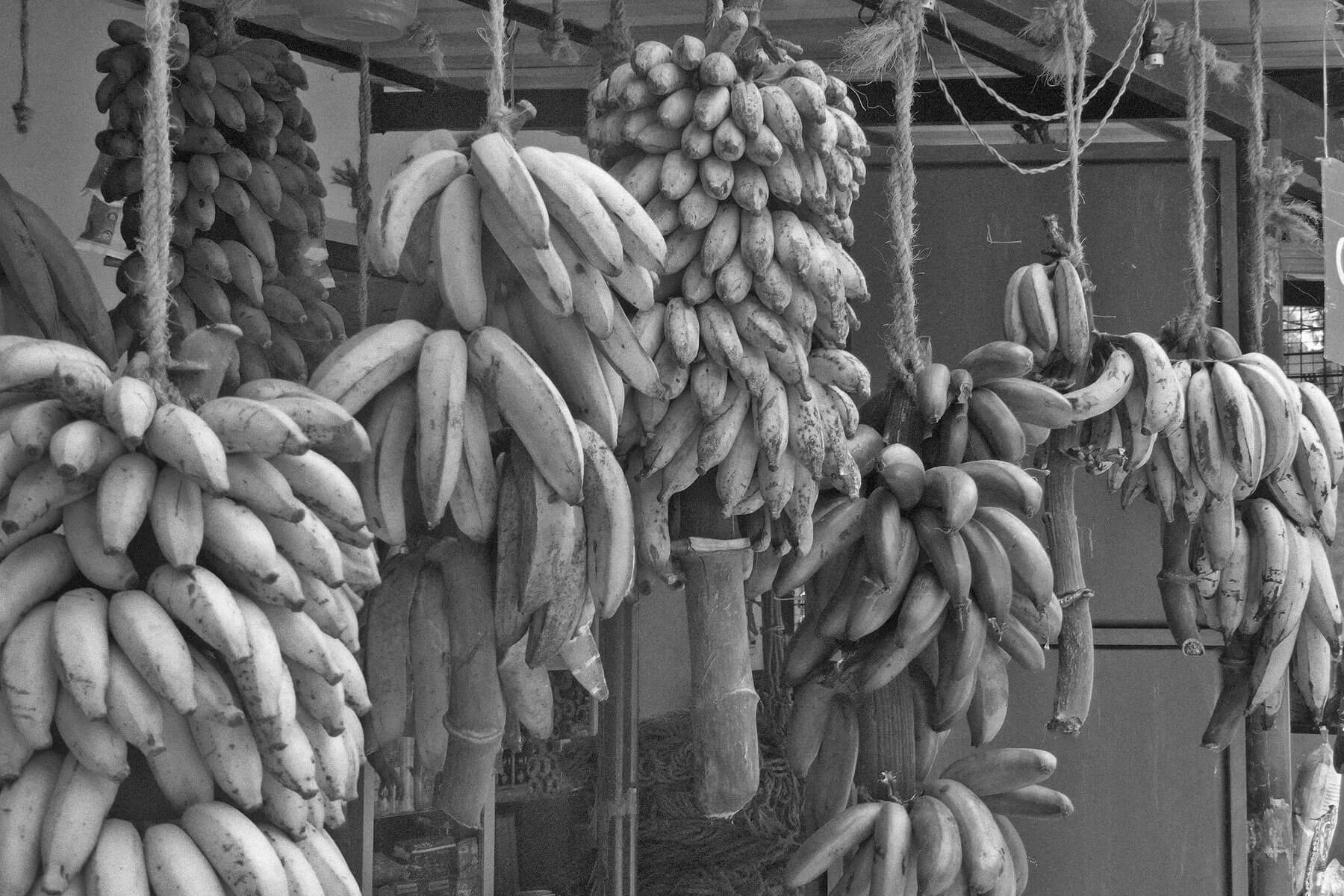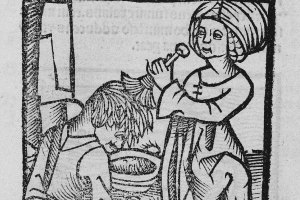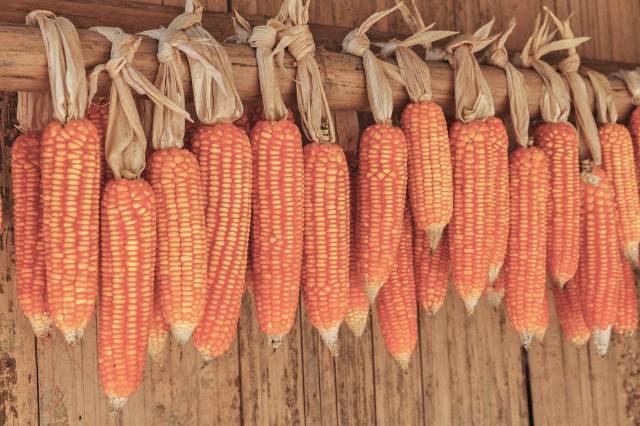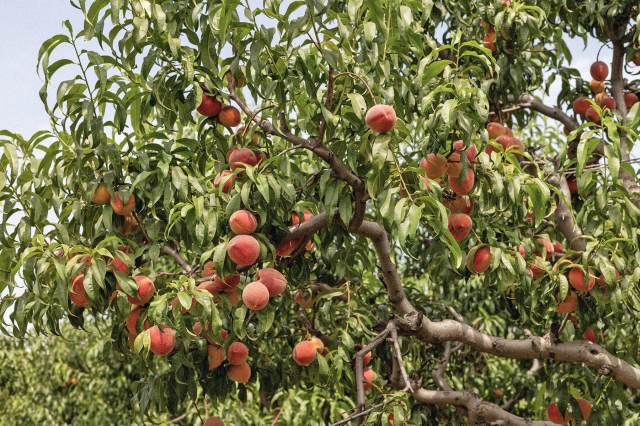5 Ways Fruits and Vegetables Evolved Over Time
The fruits and vegetables we buy at the supermarket today often look very different from the produce of centuries past. Some 10,000 years ago, as humans shifted from hunter-gatherer societies to permanent settlements, the cultivation and modification of crops began.
Early farmers usually selected plants based on their harvestability and the size of their fruit. Over time, plants were crossbred to enhance their best traits, and this process gradually improved the taste, size, and yield of their fruit. Today, our modern produce tells the story of the coevolution between humans and the plants we eat.
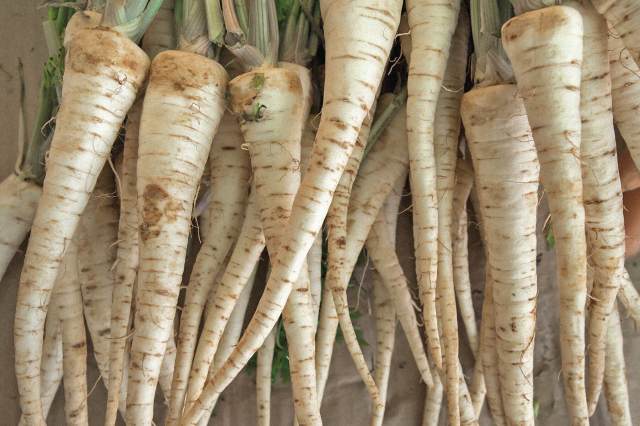
Carrots Used to Be White, Yellow, and Purple
Carrots weren’t always the vibrant orange we know today; in fact, the root vegetable originally grew in shades of purple, white, and yellow. According to popular legend, the carrot got its modern hue from Dutch growers in the 17th century paying tribute to William of Orange, a key figure in the Dutch fight for independence. Domesticated carrots originated with farmers in modern-day Afghanistan more than 1,000 years ago. Historians believe these early farmers began to breed carrots to enhance their carotenoids — their natural pigments — though whether it was to increase nutrition, to reduce the veggie’s inherent bitterness, or another reason altogether isn’t exactly known. These early modifications gave carrots a yellow hue, and hundreds of years later, Dutch cultivation deepened their hue yet again, turning them from yellow to dark orange.
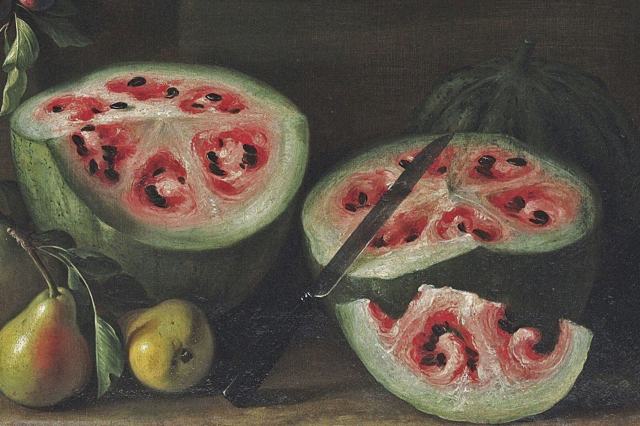
Watermelon Used to Be Wild Looking
According to genetic study, wild watermelon originated in parts of Africa, but it shared little resemblance to the sweet summer fruit we eat today. The most clear depiction of what the green-skinned gourd once looked like comes from a 17th-century painting by Italian artist Giovanni Stanchi. The watermelon looks similar on the outside to what we see in stores now, but the inside looks truly, well, wild: It featured a pale, rind-like flesh marked by swirling, recessed pockets of seeds. Researchers believe the fruit would likely have been sweet even in its early state, although not as sweet as the selectively bred bright-pink species we enjoy today.





